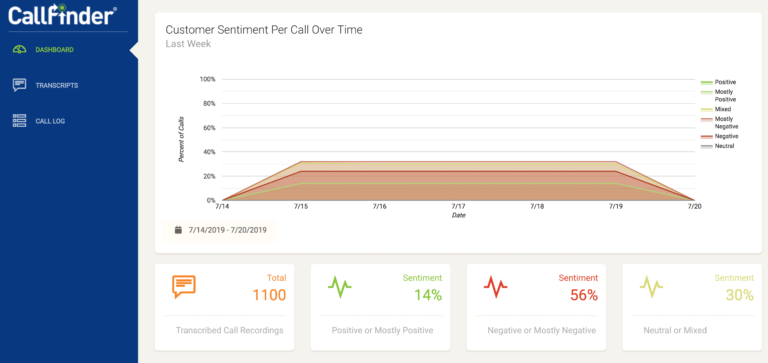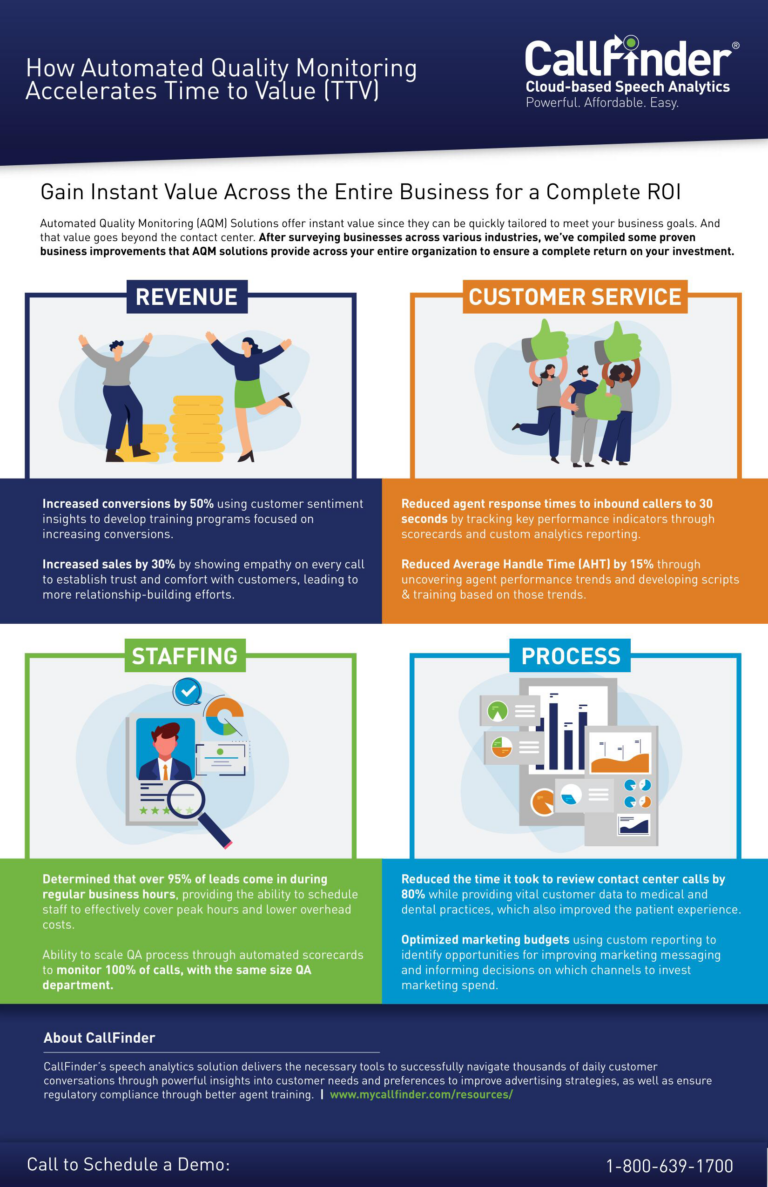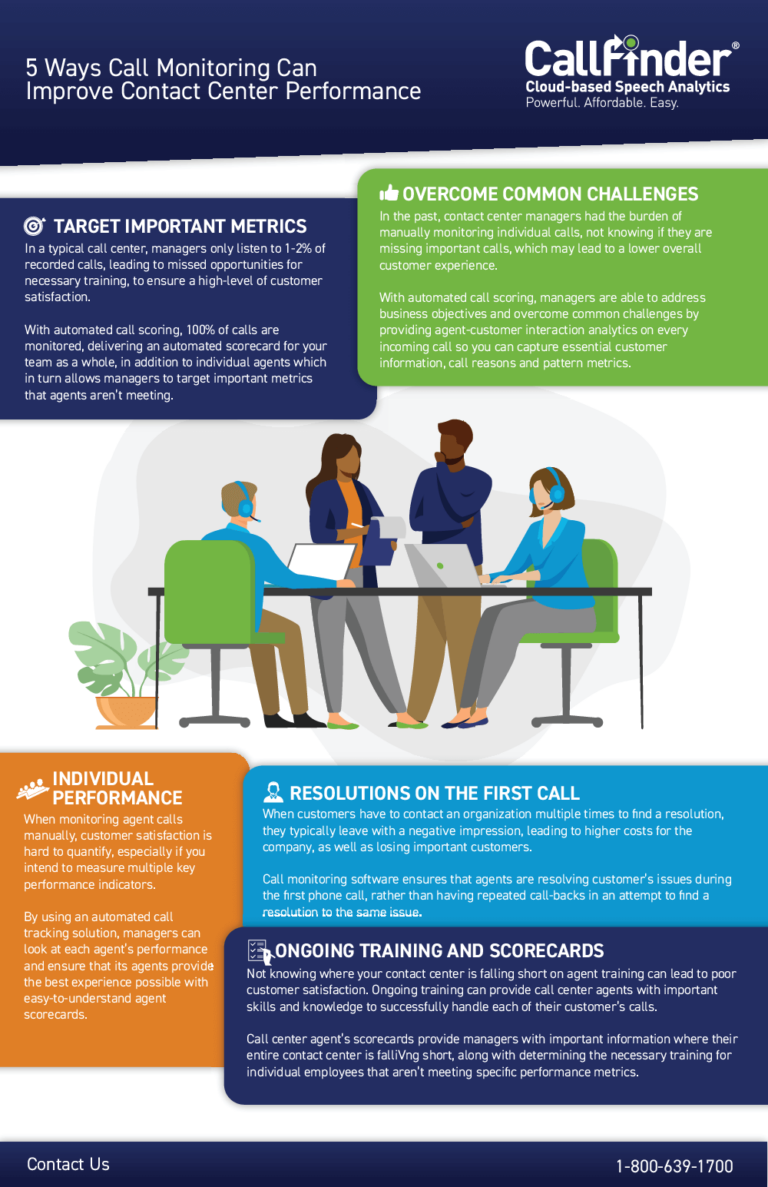
Customer churn is a big concern for most companies. And with good reason. Studies show that customer churn costs businesses $1.6 trillion dollars annually, and the cost of gaining a new customer is five times higher than keeping a current one.
There are various reasons behind customer churn, but they mostly center on the customer experience. More often than not, everyday customer interactions will determine whether or not that customer stays. If you own a business or run a contact center, identifying the reasons behind customer churn should be your top priority. Here are 5 of the biggest factors that negatively influence the customer experience, and how to avoid them to reduce churn.
Long Hold Times
Being on hold for long periods of time is a huge cause of frustration for many customers. By the time the customer reaches an agent, the customer is either irritated or has already hung up. Most companies don’t realize that this is an easy problem to solve, as long as they know why it happens.
Long hold times are typically caused by agents taking too long to finish other calls. Managers can resolve this by ensuring that agents have the proper tools and training needed to settle issues efficiently and effectively. Agent training should always begin with agent evaluations. Call monitoring with automated call transcriptions and agent scorecards are a good place to start.
Too Many Transfers
Similar to long hold times, constantly transferring customers to different people/departments can also be a source of irritation. Customers expect agents to resolve their issues on the first call. That’s why First Call Resolution (FCR) rates are one of the top KPIs in the contact center.
But in order to improve key metrics, contact centers must first have easy access to agent performance data. Customer surveys are only helpful if they are backed by business processes to ensure top agent performance. Improving FCR rates will improve agent performance throughout the customer journey.
Recurring Pain Points
Both long hold times and low FCR rates can be linked to recurring customer grievances. Most of the time, these issues recur because there’s no system in place to resolve them permanently. Recorded phone conversations can expose common pain points. But managers must follow up with a strategy for reducing or eliminating common customer pain points.
For instance, let’s say 80% of customers share the same complaint about a specific product. Even though the agent cannot change the product, QA managers can provide a script that tells agents exactly what to say when they run into a common product complaint. Agent training should also include ways to quickly deescalate situations with angry customers. This helps move the conversation along so that agents can move on to assist other customers.
Unprofessional and Unknowledgeable Agents
Unprofessional behavior is another contributor to churn. Agents who sound irritated or apathetic do not convey a sense of professionalism towards customers. Or worse, customers may feel that the agent simply doesn’t care enough to help.
Lack of knowledge is yet another contributor. If the agent doesn’t have enough information to assist the customer, it can have a lasting negative impact. Managers must be able to identify and train agents who need to improve their interpersonal skills and bridge knowledge gaps to build better customer relations.
Competitors Have Better Products
Sometimes customers leave a business simply because a competitor offers something that better suits their needs. While this is the reality of a free market, contact centers can avoid losing customers to competitors by using software that reveals the true Voice of the Customer. Knowing what customers actually want helps companies make informed business decisions to keep them relevant.
No business can prevent every customer from leaving, but there are definitely ways to improve the customer experience and reduce churn. Recording calls can only go so far if managers are still manually listening to random conversations. Automated tools that expedite the quality monitoring process will ultimately improve agent-customer interactions.
Whether your agents are in a central location or working from home, investing in a fully automated quality monitoring solution is your best defense against customer churn.










